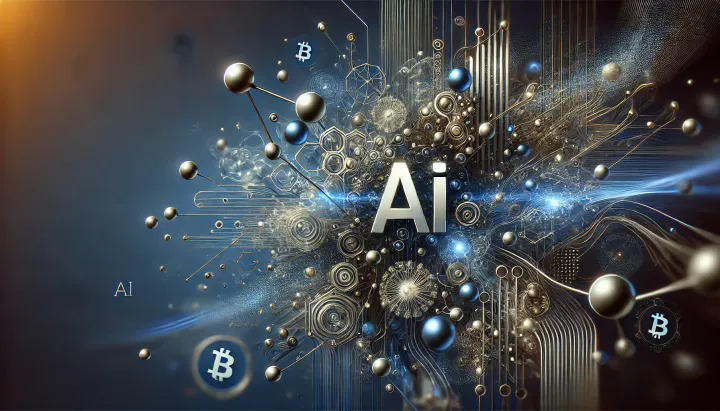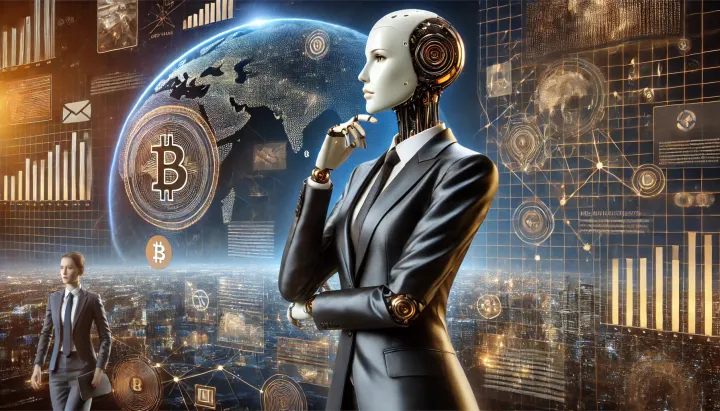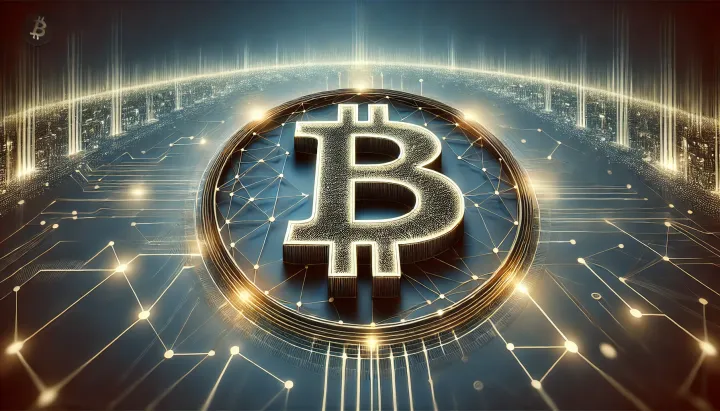AI Energy Limits and Global Compute Rivalries
The September 03, 2025 episode of the Peter H. Diamandis Podcast features Alexander Wissner-Gross and Dave Blundin analyzing Elon Musk’s Colossus data centers and the broader AI arms race.

- My 'briefing notes' summarize the content of podcast episodes; they do not reflect my own views.
- They contain (1) a summary of podcast content, (2) potential information gaps, and (3) some speculative views on wider Bitcoin implications.
- Pay attention to broadcast dates (I often summarize older episodes)
- Some episodes I summarize may be sponsored: don't trust, verify, if the information you are looking for is to be used for decision-making.
Summary
The September 03, 2025 episode of the Peter H. Diamandis Podcast features Alexander Wissner-Gross and Dave Blundin analyzing Elon Musk’s Colossus data centers and the broader AI arms race. They stress that power availability, distribution channels, and capital access now shape global competition in training and inference compute. Their discussion highlights deepfake risks, emerging rivals in China and India, and the wider economic effects of megascale AI expansion.
Take-Home Messages
- Power Limits: AI growth is energy-constrained, with gigawatt-scale facilities driving urgent grid and siting issues.
- Bitter Lesson Applied: Hardware scaling now follows the same brute-force trajectory that reshaped software development.
- Shifting Access: Coding environments and voice interfaces are replacing browsers as primary AI gateways.
- Content Integrity: Synthetic media proliferation forces watermarking and authenticity standards into policy debates.
- Global Competition: China and India’s AI infrastructure initiatives signal narrowing gaps with U.S. frontier labs.
Overview
Alexander Wissner-Gross and Dave Blundin frame Musk’s Colossus projects as a case study in brute-force expansion, moving from zero to a gigawatt-scale data center in months. They argue this reflects Richard Sutton’s “bitter lesson,” where scaling compute and data surpasses artisanal research. The U.S. retains advantages in capital, yet power availability and siting constraints now dominate deployment speed.
The speakers emphasize distinctions between training centers concentrated in the U.S. and inference centers proliferating globally. Co-location with on-site generation is viewed as essential, with natural gas and nuclear considered prime candidates. Blundin stresses that sovereign wealth and family office money are over-subscribing Musk’s ventures, reinforcing U.S. capital advantages.
Attention turns to Grok Code Fast 1, which undercuts competitors by an order of magnitude on token costs. Wissner-Gross notes distribution through coding environments rather than browsers as a critical but underreported shift. They highlight that mission-driven work cultures are retaining talent better than cash-heavy rivals such as Meta.
The conversation expands to risks and opportunities from tools like Google’s Nano Banana, which enable seamless image editing but threaten visual trust. While cryptographic provenance and watermarking are proposed, panelists warn that SaaS models from translation to design are already being disrupted. They argue society must adapt as natural language becomes the dominant interface for tasks.
Stakeholder Perspectives
- U.S. Policymakers: Balance export controls with support for domestic energy infrastructure enabling AI scale-up.
- Energy Utilities: Anticipate unprecedented demand growth and negotiate colocated generation for hyperscale sites.
- Frontier AI Labs: Secure power, capital, and differentiated talent strategies to compete in a winner-take-all race.
- Investors: Pursue infrastructure and chip plays while managing risks of algorithmic efficiency leaps.
- Media and Civil Society: Confront the erosion of trust from deepfakes by promoting literacy and provenance standards.
- Global Competitors: China and India localize compute and leverage demographics to build AI backbones.
Implications and Future Outlook
AI’s trajectory is now inseparable from energy. Training campuses already require gigawatt-scale capacity, forcing regulators to consider new power markets, co-located generation, and environmental trade-offs. Without policy alignment, growth could be stifled by electricity shortages rather than chip scarcity.
Shifts in distribution architecture will embed AI in workflows through IDEs, APIs, and edge robotics rather than web browsers. This reorientation favors companies that control environments of use, redefining software competition. It also creates new gatekeepers whose incentives will shape adoption and labor market displacement.
Content authenticity is a rising policy priority as synthetic media undermines trust. Tools like Nano Banana will multiply misinformation risks, driving an arms race between generation and detection. Standards for watermarking and cryptographic provenance may become as foundational as SSL certificates in securing digital economies.
Some Key Information Gaps
- How will energy constraints affect AI growth and the siting of future data centers? Electricity availability is already a bottleneck, shaping geopolitical and economic outcomes.
- How can society manage the erosion of visual trust in an era of pervasive deepfakes? Misinformation risks undermine democratic processes and public confidence in media.
- How will the divide between training and inference centers shape global AI power dynamics? The outcome affects national competitiveness, security, and technological diffusion.
- What motivates top AI engineers more: compensation or purpose-driven missions? The answer informs corporate strategy, national talent policy, and innovation capacity.
- How will generalist AI models disrupt specialized SaaS providers across industries? Anticipating disruption helps identify vulnerable sectors and new opportunities.
Broader Implications for Bitcoin
Energy as Strategic Leverage
Bitcoin mining and AI training now compete for the same constrained electricity. This convergence forces policymakers to prioritize between sovereign compute and sovereign monetary systems. Energy markets may emerge where allocation decisions double as geopolitical tools, linking Bitcoin adoption directly to AI policy.
Trust and Verification Ecosystems
The erosion of visual trust from AI-generated content parallels ongoing debates about Bitcoin’s role in securing information flows. Just as Bitcoin provides verifiable settlement, content provenance systems may evolve into decentralized registries of authenticity. The overlap suggests that Bitcoin-based timestamping could anchor broader digital trust frameworks.
Global Compute Realignment
China’s chip initiatives and India’s AI backbone echo dynamics seen in Bitcoin mining’s geographic shifts. Both reflect the push for local control over strategic infrastructure once dominated by the U.S. This signals a multipolar future where Bitcoin and AI each become instruments of industrial and national strategy.
Capital and Cultural Incentives
The discussion of purpose over cash in retaining talent resonates with Bitcoin’s cultural adoption. Both ecosystems show that belief in mission drives participation more effectively than short-term incentives. This dynamic suggests that Bitcoin’s ideological base will remain resilient even as state or corporate adoption accelerates.



Comments ()